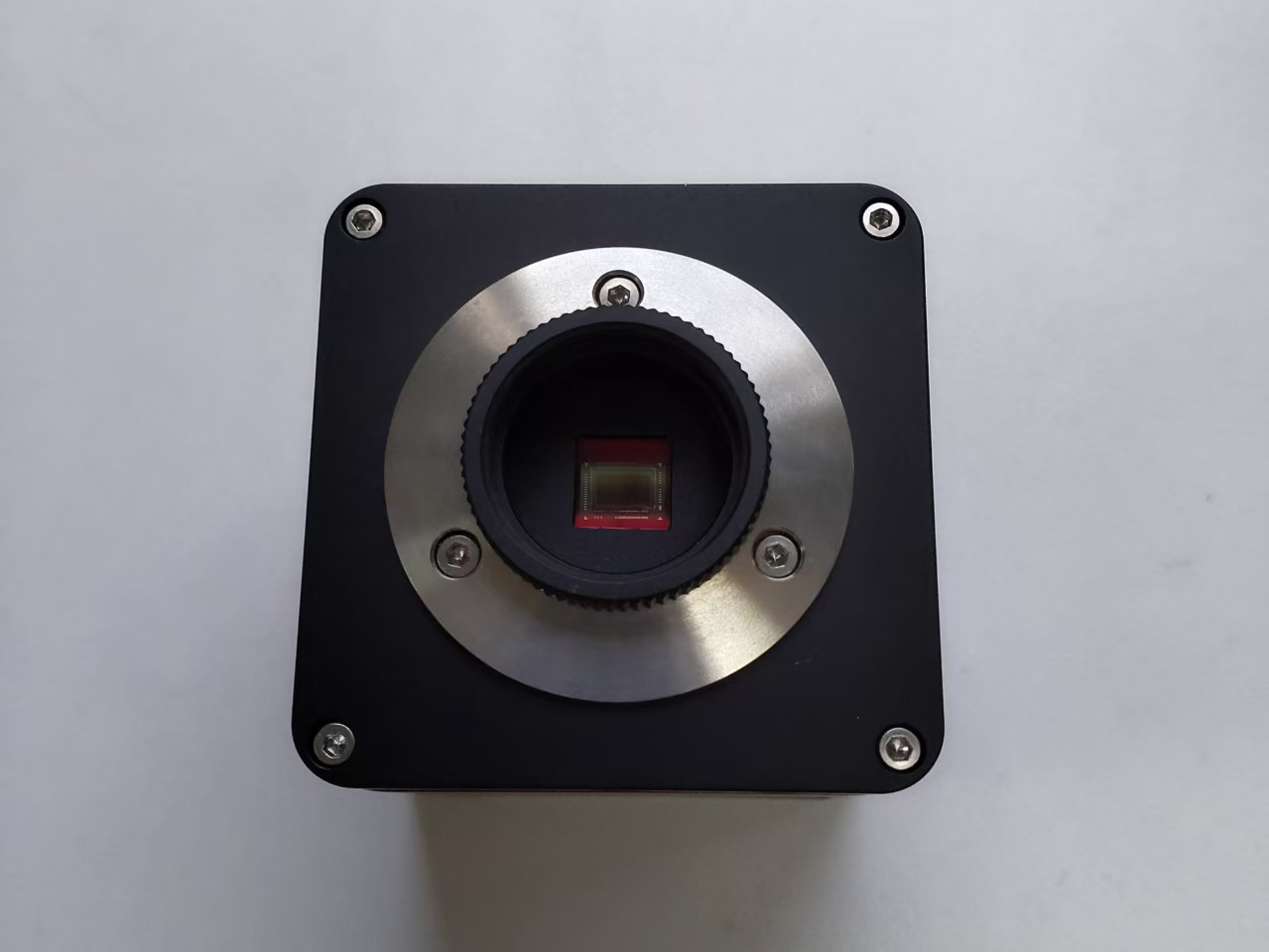Resolution is the most basic parameter of a camera, which is determined by the chip resolution used by the camera. When acquiring images, the camera resolution has a great impact on the detection accuracy. When imaging the same large field of view (scene range), the higher the resolution, the more obvious the display of details.
For line array cameras, the resolution is the number of pixels in the horizontal direction of the sensor, and common ones are 2K, 4K, 8K, 16K, etc.
The choice of resolution is mainly based on the size of the object to be measured to estimate the field of view, and then combined with the accuracy requirements, finally determine the required industrial camera resolution.
For example: if the object size is 50mm, the field of view can be estimated as 50×1.2=60mm. If the accuracy requirement of a single pixel is 0.02mm, the resolution is 50×1.2/0.02=3K.
Note: When choosing a camera, the higher the resolution, the better. The higher the resolution, the larger the amount of image data, and the more complicated the subsequent algorithm processing.
***To be continued***

